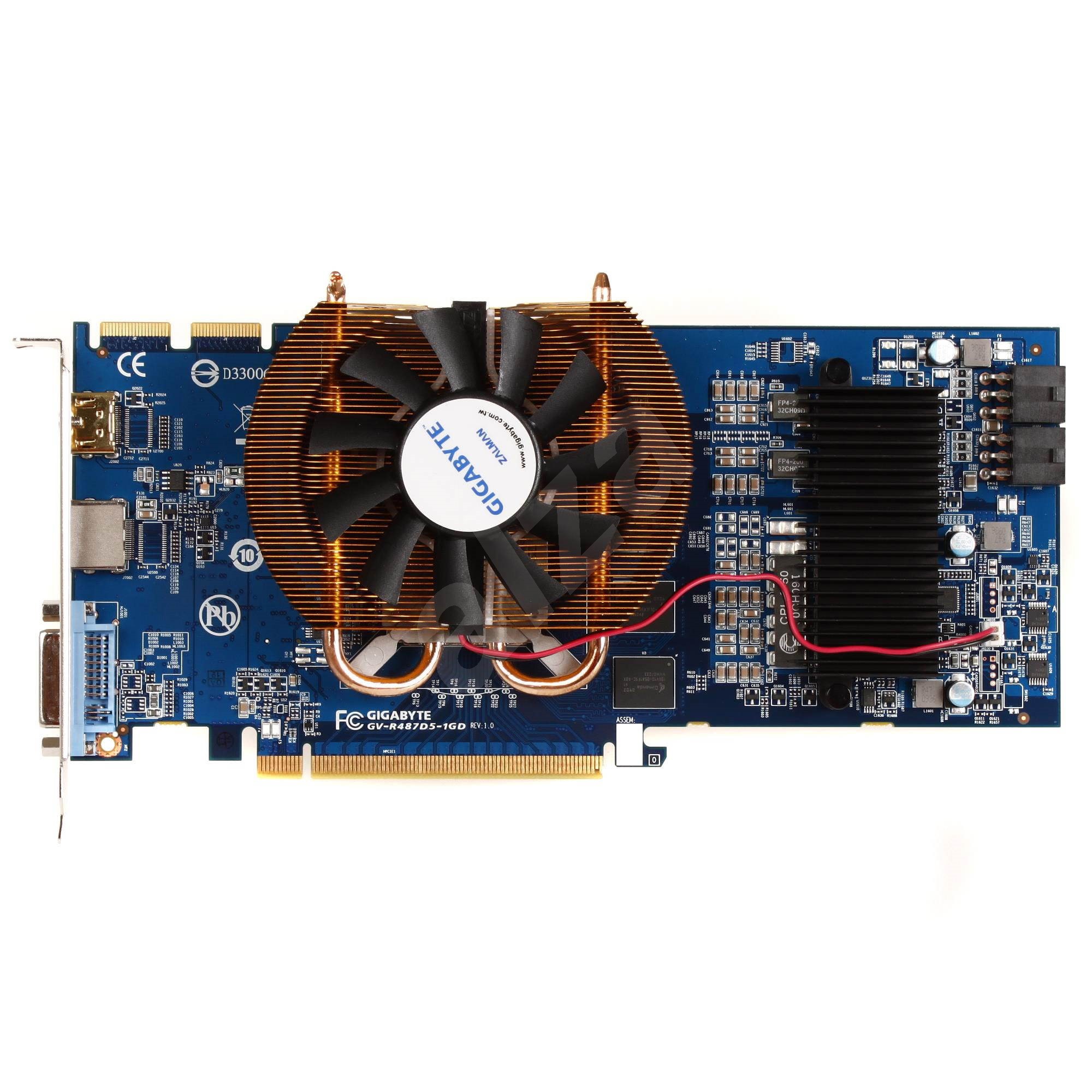
If you don't know about the AMD RV770 architecture, you can read all details in our baseline review. Basically, performance differences have to do with different video memory volumes. There is a little difference from a system based on two HD 4870 cards solely because of some architectural changes to be described below. This dual-GPU system is based on CrossFire, implemented on the hardware level, PCI Express lanes and the bridge are installed right on the board. The theoretical part about the dual-GPU card based on the known architecture cannot be long, it's just two RV770 GPUs installed on a single PCB with memory, bridge, and other elements. As a result, multi-GPU systems often demonstrate high FPS accompanied by control lags and lack of smoothness. Without touching upon main problems of multi-GPU rendering in AFR mode - draw latencies, typical of such configurations. We repeat, even though it's convenient to design products for various price segments using varying number of the same GPUs, single-GPU solutions of similar complexity will always have a certain advantage: they will be faster in all applications, not only in those optimized for multi-GPU configurations, they won't contain excessive units in each GPU, and they will offer better power consumption and heat release. We can accept 2.4 teraflops of theoretical performance with some reserve, but, for example, doubling memory capacity is quite disputable. AMD just multiplies all technical characteristics by two. RADEON HD 4870 X2 based on two RV770 GPUs, connected with a special bridge, uses CrossFire technology and Alternate Frame Rendering (AFR). Now it's time for a sterling article with theoretical data, synthetic tests, and an expanded set of games. We've already published its preview with several tests. Then the company presented a dual-GPU solution on a single PCB, the RADEON HD 4870 X2. The company itself mentioned on many occasions that it was going to manufacture single-GPU graphics cards for Mid-End and Lower High-End segments, and offer dual-GPU solutions for the top segment.įirst of all, it was planned to oppose GeForce GTX 280 with CrossFire configurations based on two separate HD 4850 or HD 4870 cards. We're talking about RADEON HD 4870, the fastest single-GPU solution of the HD 4800 series. In fact, AMD has a single-GPU competitor only to oppose NVIDIA GeForce GTX 260, the cheapest card in the series. Take this with a grain of salt as I don't have any information on this that none of you can't find yourself on the web.We've repeatedly stated that AMD would offer high-end CrossFire multi-GPU solutions. In those situations if you could disable the second GPU or the second GPU would automatically get disabled or do very little then the entire frame buffer could be made available to the primary GPU. The only improvement you'd see by sharing the RAM between the two would come from situations where the multi-GPU scaling was completely worthless.

So if the card uses anything like AFR for rendering then most of the time the two GPUs would both need the same amount of memory for most of their work. I figured initially it might be that they'd find a way for them to share memory but that doesn't change how AFR works. I too heard the rumors about shared memory but I don't pretend to know what those changes might be.

That's at least what I've come to understand. The overhead is reduced by a considerable amount as is latency. The improvement's I heard about (nothing you couldn't read yourself on the internet) were in how the 2 GPUs communicate with each other.


 0 kommentar(er)
0 kommentar(er)
